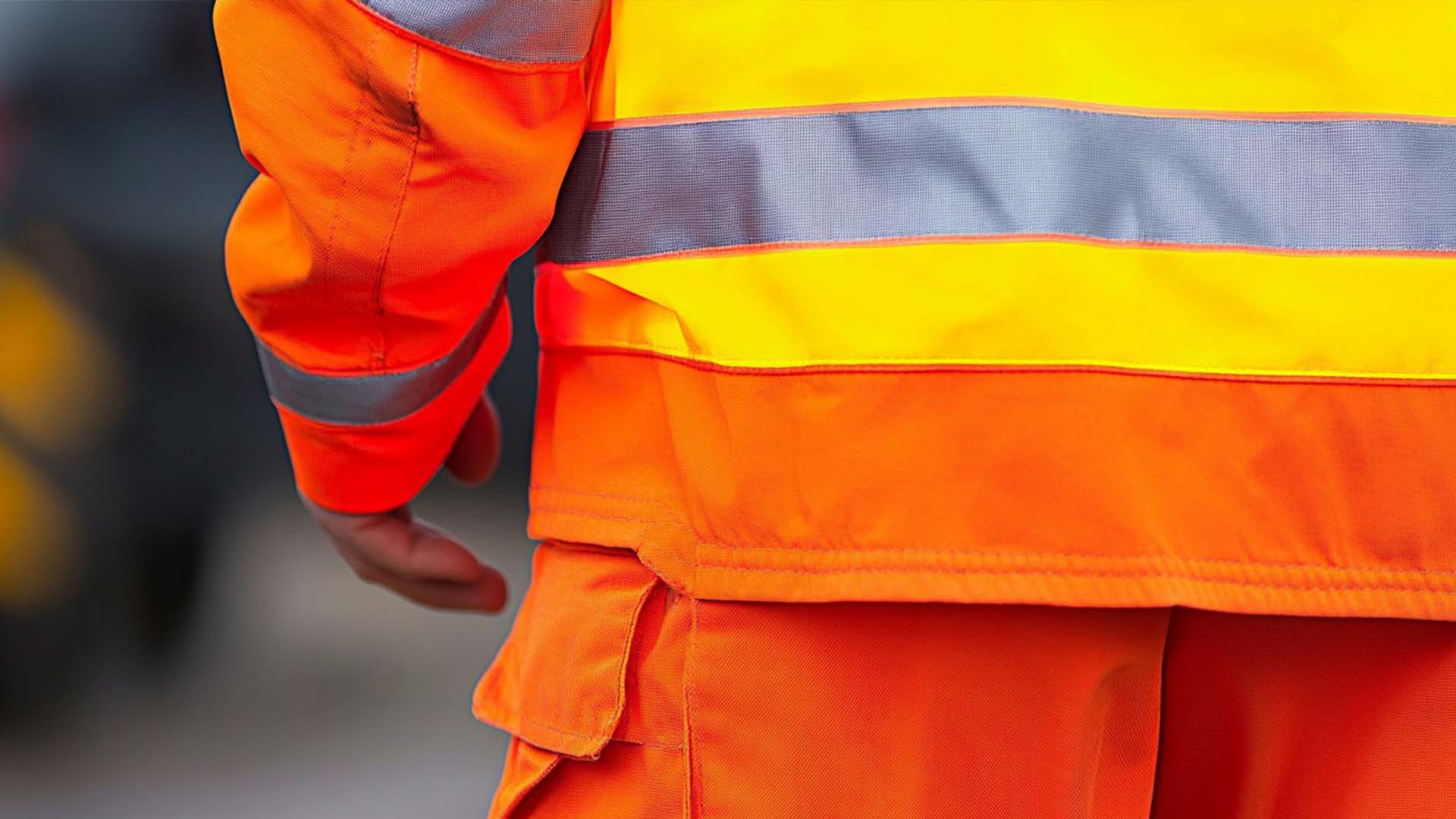What is HSE? 5 Minutes to Understand the Industry
With GAK, let's learn about the topic What is HSE? Necessary activities to create a standard HSE system. The information below will help you optimize production and ensure safety in your business's workplace.
What is HSE?

HSE stands for Health, Safety, and Environment. It refers to ensuring the safety of employees/workers in workplaces, production plants, and minimizing the negative impacts on health and the environment caused by harmful industrial activities.
In recent years, many businesses have focused on establishing HSE management systems (Health, Safety, and Environment Management System) to protect organizational safety, comply with necessary policies and procedures, reduce the risk of accidents, and ensure a safe and healthy working environment for employees.
Currently, HSE management systems are being developed according to international standards such as ISO 45001 (Occupational Health and Safety Management), ISO 14001 (Environmental Management), BS EN ISO 9001:2015 (Quality Management Systems), and current regulations related to occupational safety and environmental protection.
What Does an HSE System Include?

Every organization, regardless of the field, needs a comprehensive safety management system to ensure that employees are safe during work and production processes. Therefore, a standard HSE management system will include the following:
- HSE Policy System: This includes a set of documents outlining the steps for planning, writing procedures, setting goals, and the organization’s commitments to ensuring workplace safety, employee health, and reducing environmental impacts.
- Risk Assessment: This process involves identifying potential hazards in the workplace, listing those that could lead to accidents, fires, injuries, or damage to people and property, and developing a plan and measures to control those risks.
- Risk Control Management: This includes the planning and implementation of measures to reduce identified risks, helping to create a safe and healthy work environment.
- Implementing Processes and Monitoring: This involves assigning responsibility for workplace safety, disseminating work procedures, and providing necessary guidelines to handle accidents and ensure that employees adhere to the established HSE procedures.
- Training and Awareness: This process involves implementing the system, educating employees about risk prevention measures, how to respond to incidents, and ensuring they have the knowledge, skills, and experience to comply with workplace safety regulations.
What Does an HSE Employee Do?

An HSE employee is responsible for monitoring workplace safety, ensuring occupational health, and maintaining environmental hygiene in businesses. Their role includes ensuring employees follow safety procedures, working protocols, and company regulations to avoid workplace accidents.
To effectively perform this role, an HSE professional needs a degree in environmental engineering or occupational safety engineering. In addition to certifications in workplace safety training, they must be familiar with international standards such as ISO, TCVN, QCVN, and OSHA (for foreign-invested companies). They should also have a clear understanding of the legal aspects of occupational health and safety, as well as environmental protection regulations.
To become an HSE professional, continuous learning and updating of the latest knowledge are essential to performing this role effectively.
Job Description of an HSE Employee:
Here’s a detailed job description for the position of HSE Officer:
Job Title: HSE Officer
Department: Health, Safety, and Environment
Reports To: HSE Department Head
Job Objective: Ensure a safe, healthy working environment and compliance with occupational health and safety regulations, as well as environmental protection laws.
Key Responsibilities:
- Develop and Maintain the HSE Management System:
- Develop and update policies, procedures, and guidelines related to safety, health, and the environment.
- Ensure the HSE management system complies with current standards and regulations.
- Risk Assessment and Management:
- Conduct risk assessments and identify potential hazards during production and operations.
- Propose and implement control measures to minimize risks.
- Supervision and Inspection:
- Conduct regular safety inspections, industrial hygiene checks, and environmental protection audits.
- Monitor the compliance of employees, contractors, and clients with HSE regulations.
- Training and Awareness:
- Organize training sessions on workplace safety, first aid, and emergency response.
- Develop and promote HSE awareness programs throughout the company.
- Incident Response and Investigation:
- Participate in planning and conducting emergency response drills.
- Investigate workplace accidents and environmental incidents, suggesting preventive measures.
- Reporting and Record-Keeping:
- Prepare regular reports on HSE activities for management and regulatory authorities.
- Manage and store HSE-related records in compliance with regulations.
- Legal Compliance:
- Stay updated on the latest legal requirements related to HSE.
- Ensure the company always complies with legal and international standards regarding HSE.
Job Requirements:
- A degree in Occupational Safety, Environmental Engineering, or related fields.
- At least 2 years of experience in HSE or a similar role.
- Strong knowledge of occupational health, safety, and environmental laws and regulations.
- Excellent communication, training, and presentation skills.
- Strong problem-solving and analytical skills, with the ability to work independently.
- Proficient in office software and relevant HSE software tools.
Benefits:
- Competitive salary and performance-based bonuses.
- Insurance and benefits as per legal requirements and company policy.
- Opportunities for training and professional development.
- A professional, friendly, and safe working environment.
see more:
- Fire Prevention and Protection Standards for Factories (PCCC) - Latest in 2025
- The Latest Industrial Electrical Safety Regulations and Techniques
- 9 Types of Electrical Safety Equipment You Need
- Steps for Electrical Safety Risk Assessment and Effective Control
Conclusion
We hope this overview of HSE will help you better understand the field of occupational health, safety, and environmental protection. If you are in need of safety gear or specialized protective workwear, don’t hesitate to contact GAK for top-quality products.



